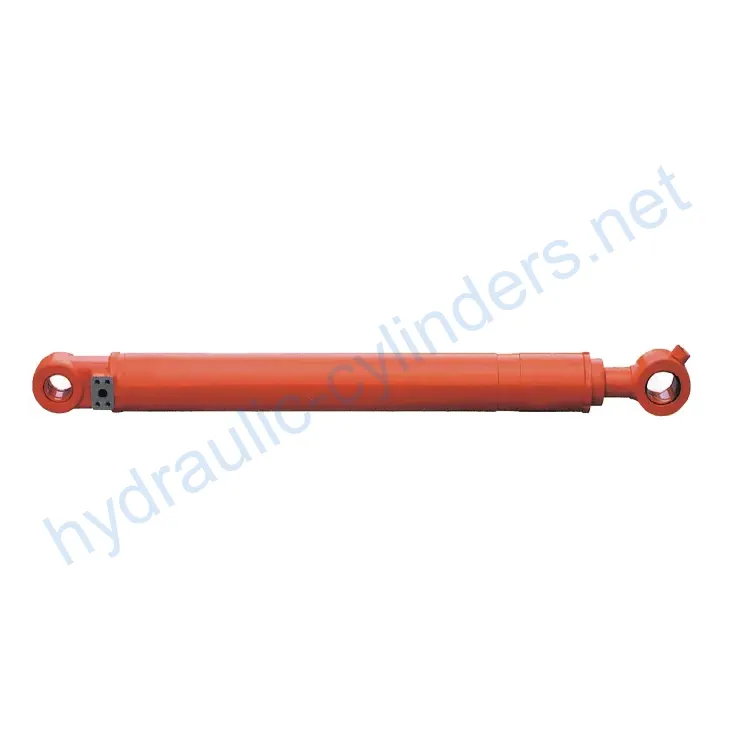Boom Cylinder For JCM Middle Excavator 921D
Yhtenä hydraulisylinterien valmistajista, toimittajista ja mekaanisten tuotteiden viejistä tarjoamme hydraulisylintereitä ja monia muita tuotteita.
Ota yhteyttä meihin saadaksesi lisätietoja.
Posti:sales@hydraulic-cylinders.net
Valmistaja toimittaja viejä hydraulisylinterit.
Boom Cylinder For JCM Middle Excavator 921D
Introduction to the Boom Cylinder
The Boom Cylinder is an essential component found in heavy machinery, particularly in excavators. Designed specifically for controlling the movement of the boom, it plays a crucial role in the hydraulic system, allowing for the lifting, lowering, and tilting of the bucket. The hydraulic cylinder is fundamental in performing material handling tasks, ensuring efficiency and precision in operations. The Boom Cylinder enables the excavator to engage in activities such as digging, lifting, and transporting various materials, making it an indispensable tool in construction and excavation.
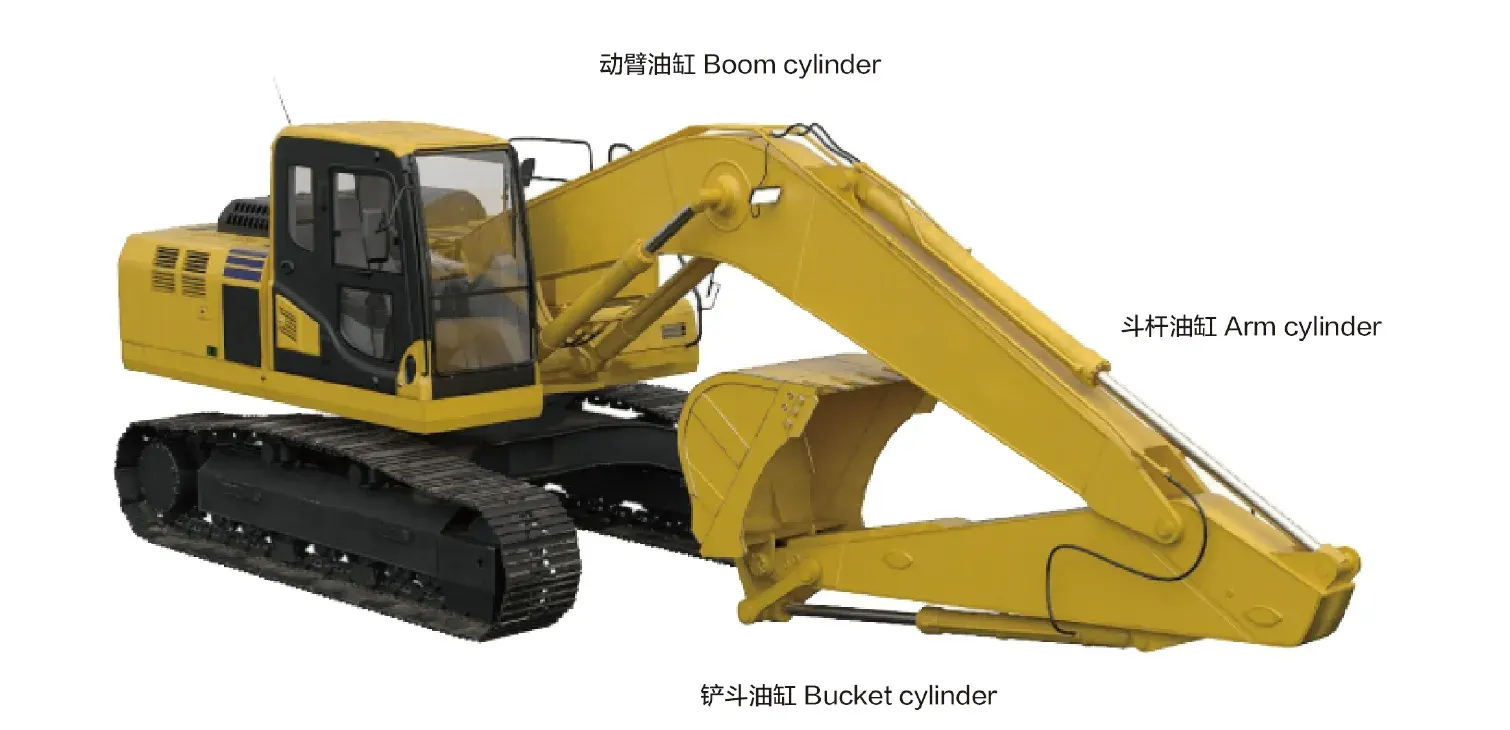
Features of the Boom Cylinder
-
High Strength and Durability
Manufactured from high-strength steel or aluminum, the Boom Cylinder is built to withstand high pressure and heavy loads. Its design incorporates wear-resistant and corrosion-resistant features, ensuring longevity even in harsh working environments.
-
Efficient Hydraulic Operation
The cylinder utilizes hydraulic oil pressure for smooth extension and retraction movements. This feature allows for rapid responsiveness to operational commands while providing powerful pulling and pushing force, making it ideal for heavy-duty tasks.
-
Diverse Types
Available in single-acting and double-acting variants, the Boom Cylinder can cater to different operational requirements. Some models are telescopic, allowing for greater extension without increasing external dimensions, perfect for space-constrained applications.
-
Compatibility
Our products can perfectly replace existing hydraulic cylinders, ensuring seamless integration with various excavator models and enhancing operational efficiency.
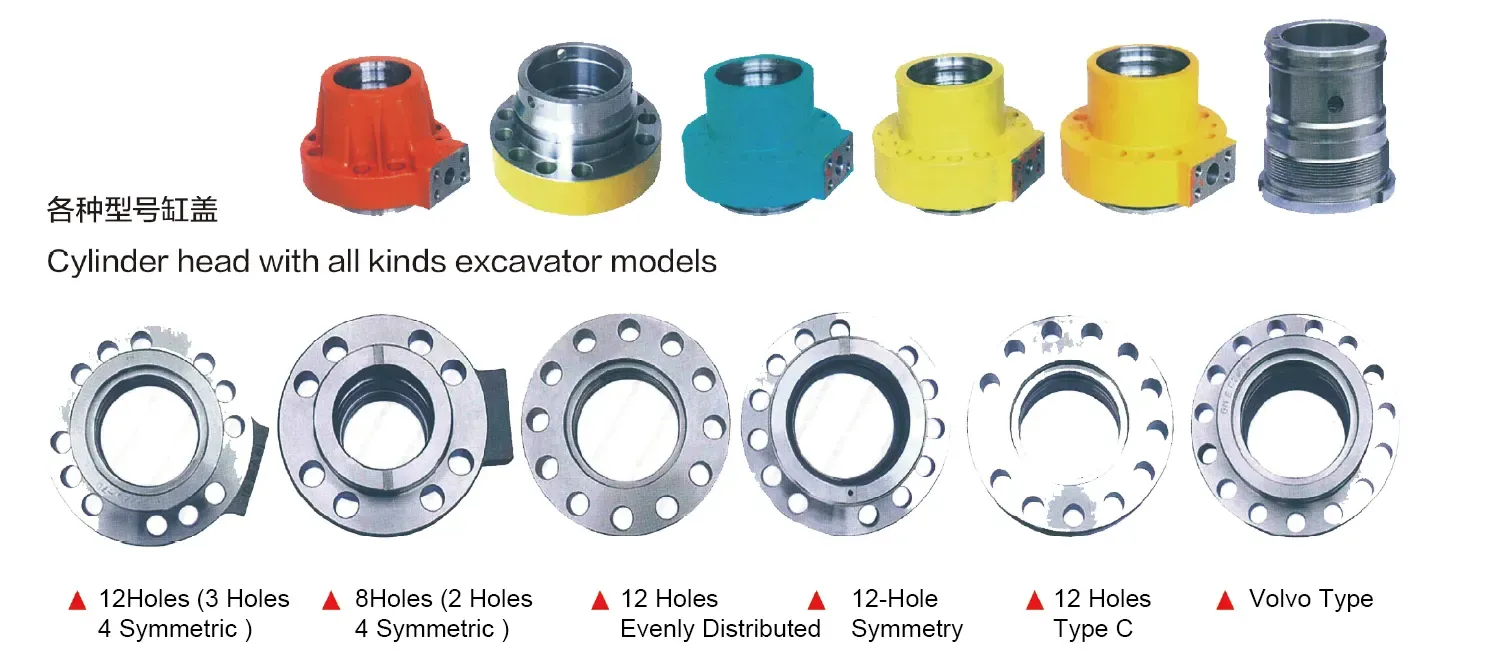
Applications of the Boom Cylinder
Construction Equipment
In excavators, the Boom Cylinder is vital for digging, loading, and transporting soil or debris. It facilitates precise movements, allowing operators to efficiently manage heavy tasks with ease. In backhoe loaders, the cylinder aids not only in excavation but also in lifting operations, enhancing the versatility of the equipment.
Agricultural Machinery
Used in front-end loaders, the Boom Cylinder excels in scooping, lifting, and transporting soil, hay, and other materials. Its hydraulic capabilities enable smooth operation, making it an essential tool for agricultural tasks where efficiency and reliability are crucial.
Excavators
The Boom Cylinder allows excavators to penetrate soil effectively, facilitating digging actions. Its design ensures that operators can maneuver the bucket accurately, optimizing the excavation process for various applications.
Loaders
In front loaders, the Boom Cylinder plays a significant role in lifting and dumping materials efficiently. Its hydraulic power simplifies the handling of heavy loads, increasing productivity on site.
Design Considerations and Selection Criteria
Load Capacity
One of the primary considerations when selecting a Boom Cylinder is its load capacity. The cylinder must be able to handle the expected loads without compromising performance or safety. Manufacturers typically provide specifications detailing the maximum load limits, and it is crucial to adhere to these recommendations to avoid potential failures.
Sealing Performance
Effective sealing is vital for the durability of the hydraulic cylinder. Ensuring that the seals are robust prevents hydraulic fluid leaks, which can lead to system inefficiency and environmental concerns. Quality seals made from materials like polyurethane or nitrile rubber enhance the cylinder’s performance and longevity.
Durability
A durable design is essential for the Boom Cylinder to withstand harsh working conditions. Factors such as the materials used, protective coatings, and overall construction quality contribute to the cylinder’s longevity. Regular maintenance can further enhance its lifespan, ensuring consistent performance over time.
Safety Features
Safety is paramount in the design of hydraulic cylinders. Features such as pressure relief valves, overload protection systems, and robust construction help mitigate risks during operation. Operators should be aware of these safety features and ensure they are fully functional before use.
Maintenance Accessibility
The design should also consider ease of maintenance. Components that require regular inspection or replacement should be easily accessible to minimize downtime during maintenance tasks. A well-designed Boom Cylinder facilitates efficient maintenance, keeping operational efficiency high.
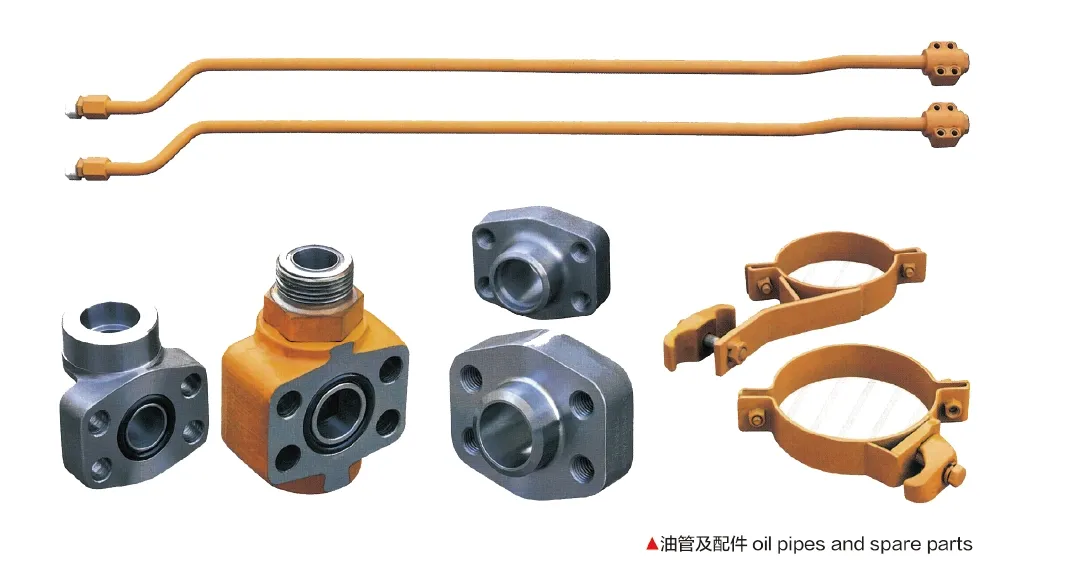
Sealing and Lubrication
Proper sealing and lubrication are essential aspects of maintaining the Boom Cylinder’s functionality. Various sealing components, such as piston seals and rod seals, utilize durable materials to withstand wear and tear. Seals made from polyurethane or nitrile rubber provide reliable performance, while specially treated cylinder bodies and threaded surfaces enhance wear resistance.
Regular lubrication is also crucial. Users should periodically check and refill hydraulic fluid to ensure optimal operation. Adequate lubrication reduces friction, minimizes wear, and contributes to smoother operation, extending the cylinder’s lifespan.
Preventive Maintenance Measures
-
Regular Inspections
Conducting routine inspections is vital for early detection of wear or damage. Inspect seals, hoses, and connections to ensure there are no leaks or deterioration.
-
Timely Lubrication
Ensure that hydraulic oil levels are maintained and lubricate components regularly to avoid friction and wear that could lead to failure.
-
Seal Replacement
Regularly check seals for signs of wear. Replace them promptly to prevent leaks and maintain hydraulic efficiency.
Installation Guidelines
Proper installation of the Boom Cylinder is crucial for optimal performance. Start by ensuring that the cylinder is compatible with the excavator model. Use appropriate mounting brackets to secure the cylinder, ensuring it is properly aligned with the hydraulic system. Verify that all hydraulic lines are correctly connected and free from obstructions.
During installation, avoid cross-threading any connections, as this can lead to leaks. Once installed, check for proper operation by cycling the hydraulic system. Monitor for any unusual noises or movements that could indicate misalignment or installation issues. Regularly review the installation to ensure it remains secure and functional.
Common Maintenance Tasks
-
Regular Inspections
Frequent inspections help identify potential issues before they escalate. Check for leaks, abnormal wear, and overall integrity of the hydraulic system.
-
Appropriate Lubrication
Ensure that oil levels are sufficient and that the correct type of hydraulic fluid is used. Regular lubrication reduces friction and prolongs the life of the cylinder.
-
Seal Replacement and Calibration
Replace seals as needed and calibrate the hydraulic system to maintain optimal performance. Regular maintenance of seals prevents leaks and enhances efficiency.
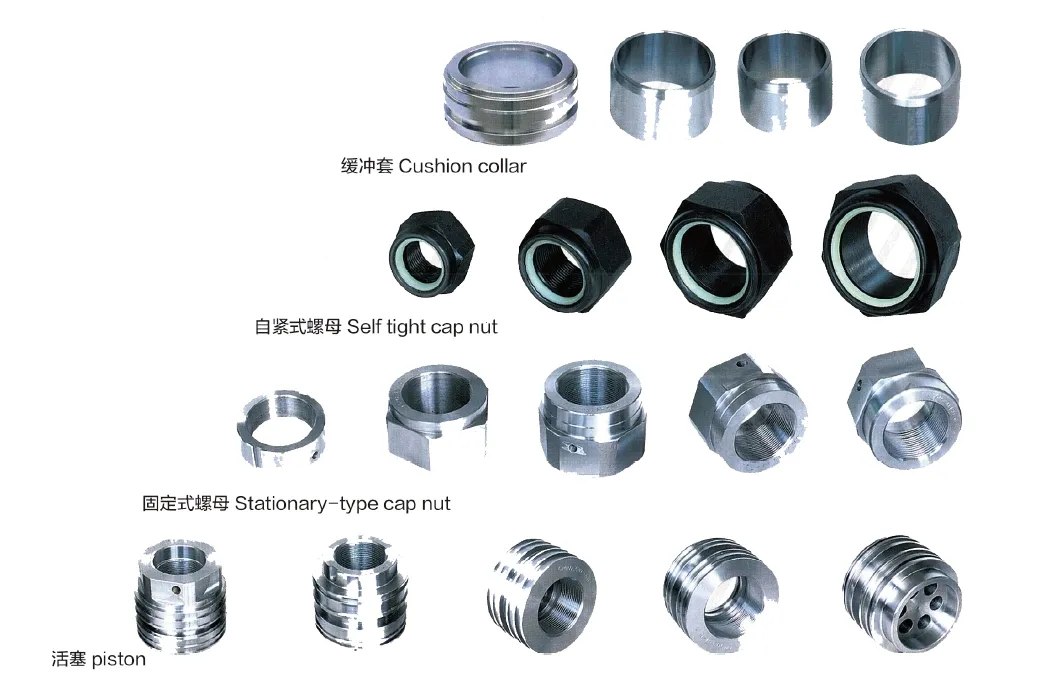
Safety Considerations and Environmental Factors
Safety measures are paramount in the operation of the Boom Cylinder. Operators should be trained to understand the hydraulic system’s capabilities and limitations. Using the cylinder within its designated specifications helps prevent accidents and equipment failure. Additionally, adherence to safety protocols minimizes risks associated with hydraulic fluid leaks and environmental contamination.
Troubleshooting and Common Issues
-
Hydraulic Fluid Leaks
One of the most common issues with hydraulic cylinders is leaking fluid. This can be due to worn seals or damaged hoses. Inspect seals regularly and replace them if damage is evident.
-
Poor Performance
If the cylinder is not operating smoothly, it may indicate insufficient hydraulic fluid or air in the system. Check fluid levels and bleed the system if necessary to restore functionality.
-
Overheating
Excessive heat can lead to hydraulic fluid breakdown, impacting performance. Monitor temperature and ensure the system is adequately cooled during operation.
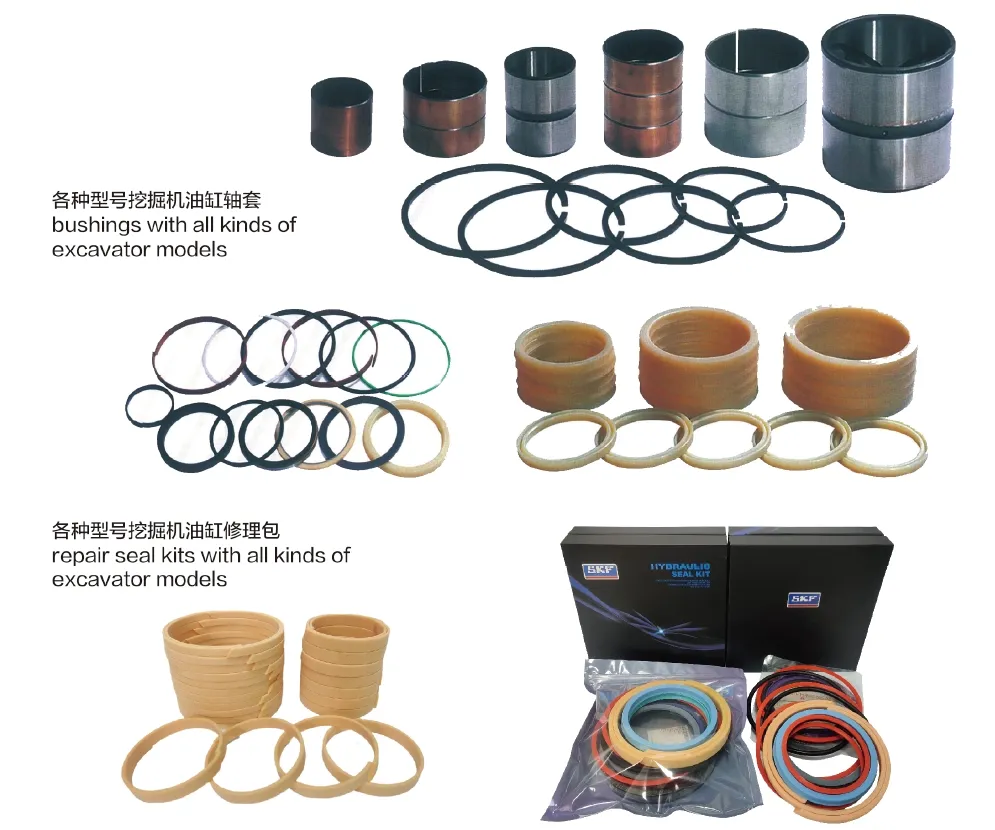
Diagnostic Tips and Preventive Measures
To effectively diagnose issues with the Boom Cylinder, operators should maintain a regular maintenance schedule, which includes checks for leaks, sufficient fluid levels, and overall system integrity. Preventive measures, such as using high-quality seals and lubricants, can significantly reduce the likelihood of problems arising. Training operators on proper usage and maintenance practices further minimizes risks associated with hydraulic systems.
Company Overview
We are a leading manufacturer and wholesale distributor of replacement hydraulic cylinders, recognized for our diverse product range and commitment to quality. Our company leverages advanced manufacturing strategies, employing skilled technicians and utilizing high-end digital manufacturing equipment. This focus on excellence enables us to enhance our production processes and maintain high standards of product quality.
With a strong emphasis on professionalism, we offer internationally certified products and customized services tailored to our clients’ needs. Our comprehensive after-sales service ensures customer satisfaction and fosters long-term relationships, making us a trusted partner in the hydraulic cylinder market.
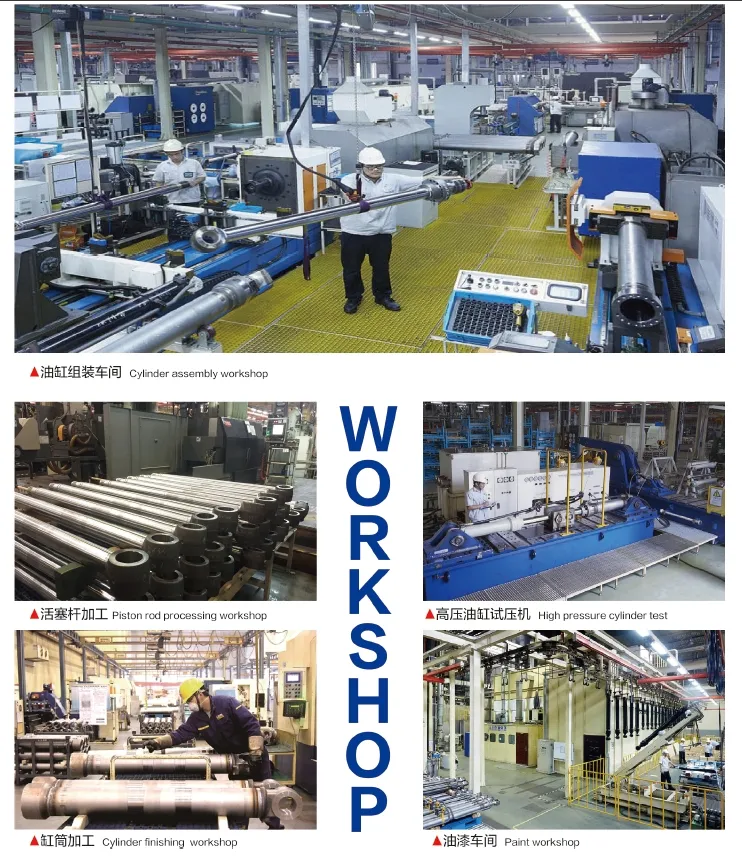
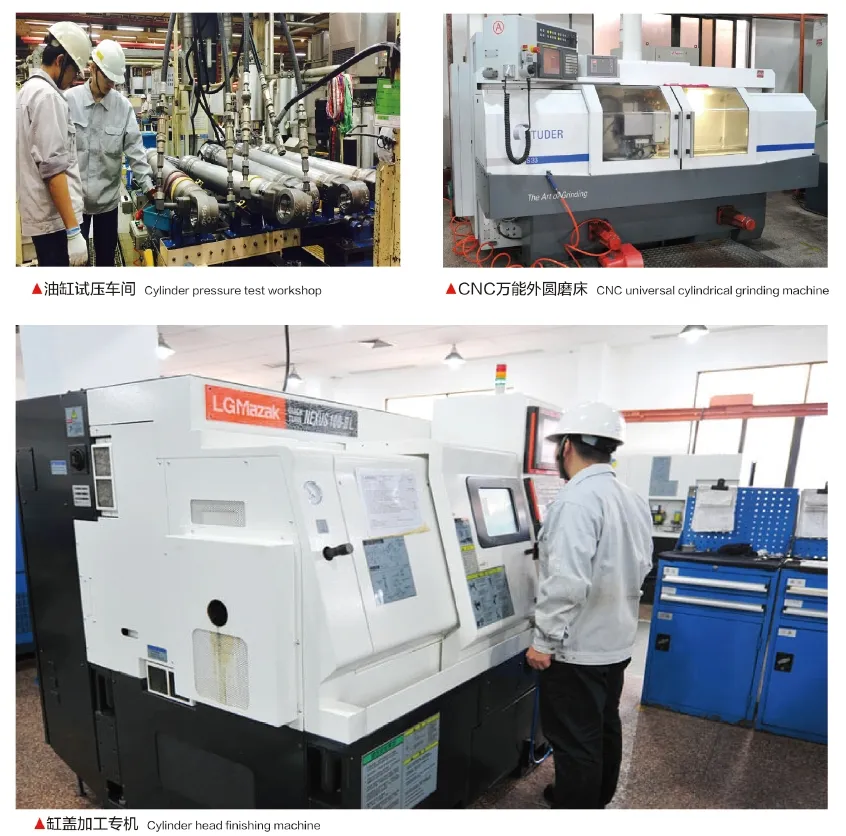
Author: lyl
Tutustu VR-tehtaaseemme:
Tutustu VR-tehtaaseemme seuraavalla kierroksella
Hydraulisylinteri Sovellus:


